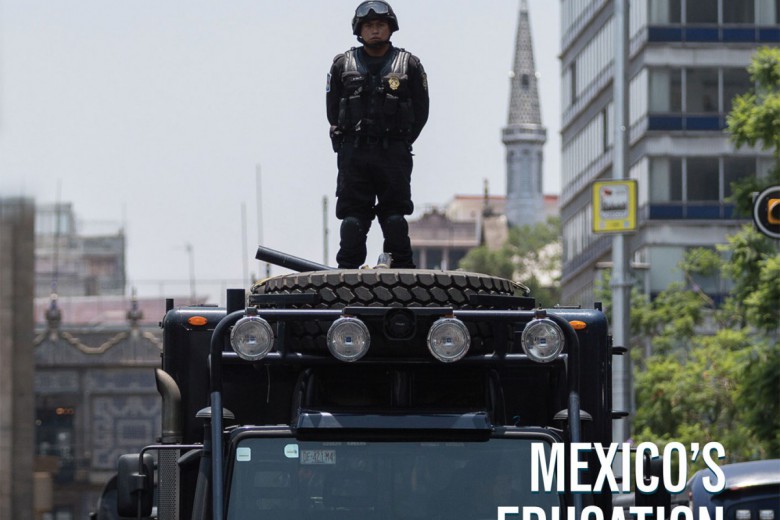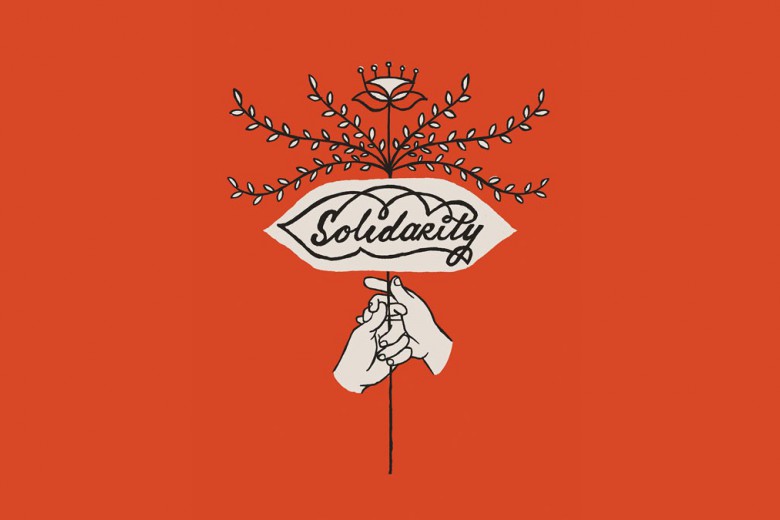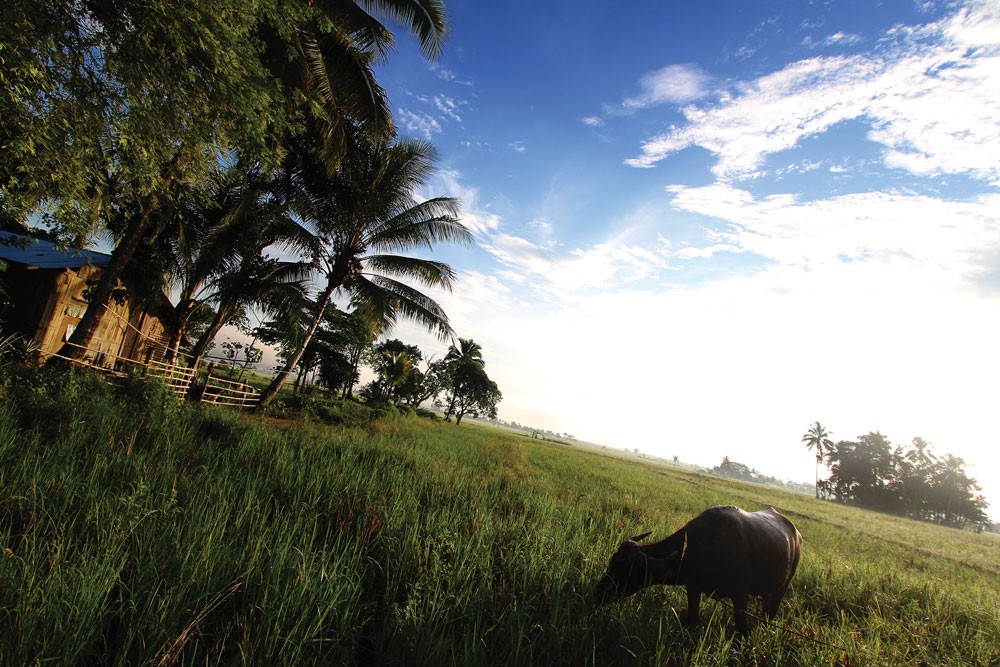
The controversy around the temporary foreign worker program (TFWP) hit in late spring while I was doing fieldwork for research on Canadian mining in West Mindanao, Philippines. My mind quickly became entangled in the systemic knots that lock together seemingly disparate issues.
At what locals call Ground Zero in Zamboanga City – where urban warfare between Muslim separatists and the army one year ago claimed lives, destroyed a neighbourhood, and has left tens of thousands homeless – there hung fresh ads in the streets about finding work abroad.
In an area known for its kidnap gangs, I saw another work abroad ad hanging under a Guns for Peace notice calling on “insurgents” to trade in their arms (for up to $5,000).
When I attended a community consultation with people who claimed to have suffered harassment, torture, and/or the extrajudicial killing of family and friends by the security forces protecting mining interests, I saw another ad about working abroad.
And upon learning that I am a Filipino-Canadian, people would continually ask, How do I get to work there, too?
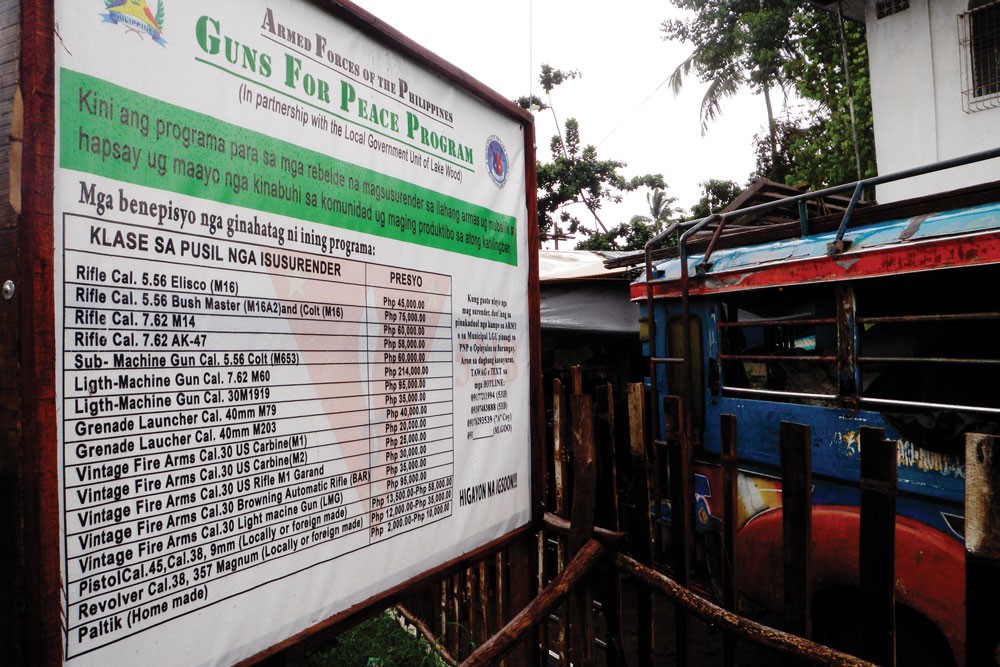
Many Canadians aren’t shy about expressing their opinions about migrants and the TFWP, with the most vocal group taking the xenophobic line that “immigrants are taking our jobs.” Activists have tended to respond to this with “No, they’re not!” or “We have a moral obligation to help these poor oppressed souls!”
Half a world away in the Philippines, the debate seemed a bit strange or, well, foreign to me. Many of us seem to have moved our analysis toward ethics and away from seeing capitalism as a system, one whose internal contradictions drive many of the choices we all make.
After the Canadian government announced changes to the TFWP in June, migrant rights activists rightly pointed out that temporary workers remain virtual indentured servants who are poorly protected by labour laws and whose voices are silenced.
Nevertheless, Filipinos still willingly gamble on taking their labour power abroad to save themselves and their families from the realities of life in the Philippines: worsening poverty, a dearth of meaningful employment, and the shadow of imperialism that blankets the islands in political (and economic) violence.
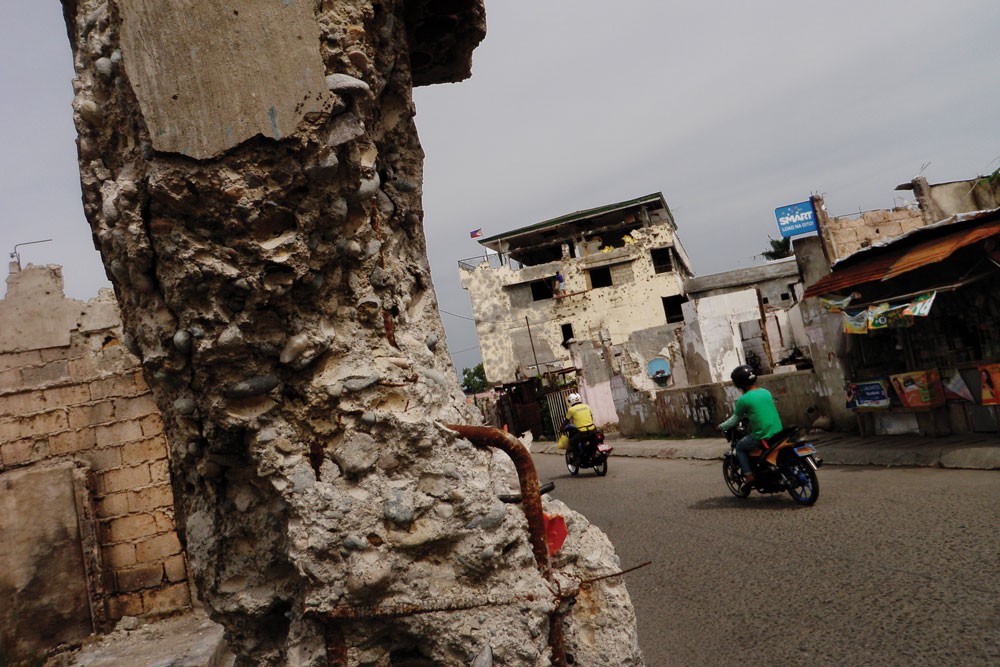
This story of hardship is usually put in the service of a morality-based argument that calls for us to empathize with the desperate and exploited. But if we are honest, a serious (if cold) rejoinder follows: We have our own problems in Canada, including growing under-employment and serious cuts to our standard of living, so shouldn’t we take care of our own citizens first?
The missing piece
The Philippines is a country that daily ships out almost 5,000 items of “stock” (the official government term for human beings) to both prop up the economy (with over 10 per cent of the GDP coming from remittances) and to relieve social pressures resulting from an unindustrialized, semi-feudal, and neocolonial economy.
Migrante International, the world’s largest organization of Filipino migrant workers, notes that “the number of overseas Filipino workers (OFWs) has increased significantly since [Philippine president] B.S. Aquino took office [in 2010]. By 2012, at least one-fourth of the country’s labor force had gone abroad to find work. According to the Labor Department, there are now 12 million OFWs abroad.” Organizers with Migrante International view this phenomenon as just one part of an exploitative economic system.
“Generally, migrant activists in Canada have their heart in the right place,” says Marco Luciano of Migrante Canada’s Alberta chapter. “The missing piece in the discussion is linking these guest worker program issues to the issue of neoliberal globalization. Imperialist countries like Canada survive from the cheapest labour they can get their hands on. And migrant labour is the cheapest there is. Now is the time we must start talking about this issue. This is what Migrante is doing, linking the TFWP to the global picture.”
And the global picture is a dire one. The so-called Great Recession that began in 2008 has swept the global economy into crisis and instability. As seen in even some European countries, there is a frenzy to find ways to stabilize economies, with some teetering on the edge of collapse. All the while, many people wax nostalgic about the golden era after the Second World War when good jobs were relatively easy to come by. It was in the downturn that began in the mid-’70s that the modern era of migration began.
Today, when activists react to defend the honour of migrants against right-wing populists who want migrants out, they forget that it’s the right wing in power that wants migrants in. They forget that there is a kernel of truth, albeit dangerous in its incompleteness, in the often racist claim that Canadian jobs are being “taken.” Marxist thinkers such as David Harvey note that migration has been used as a neoliberal tool to weaken workers’ movements by pitting dominant workers against racialized newcomers. The flip side to this is that migrant workers have played a leading role in galvanizing and reigniting the labour movement, as seen with Latino workers in the U.S. in recent years.
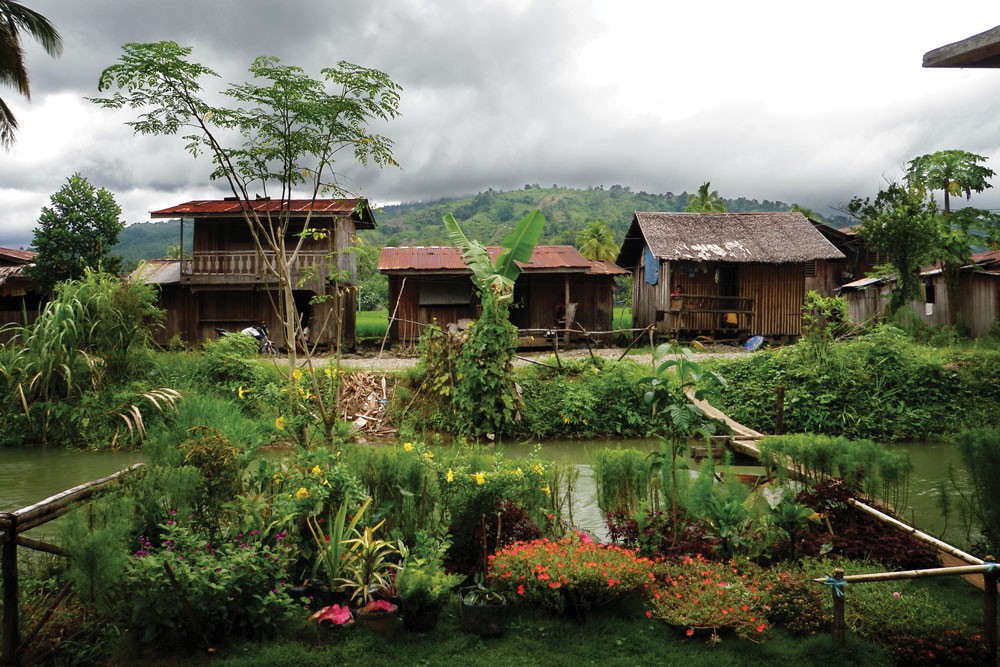
During my fieldwork in the Philippines, I lived and worked in communities of idyllic rice fields and simple thatched-roof homes. We cooked very basic meals over wood-burning hearths in cast iron pots. The bathroom was often a shed shared by livestock, the toilet a hole in the floor that led to a canal outdoors, and the shower sometimes just a shallow well outdoors.
Scratch the surface, and such rural scenery reveals a grim socio-economic picture. The vast majority of the subjects of my research (including Indigenous people) are irregular agricultural labourers who earn approximately $3 a day – on those rare days they are able to find work.
Those very few who have savings and education see little opportunity for themselves or their children, and migration seems like an escape to something better.
The Philippines has had an unofficial labour export policy since the dictator Ferdinand Marcos first pursued the export of workers as a way to temporarily alleviate the economic downturn in the ’70s.
The way migration has grown since that period has coincided with the succeeding economic crises of the ’80s, ’90s, and 2000s. In 1975 there were 36,000 workers deployed abroad, while by 2012 there were more than 12 million. And where once families could migrate together and the pathway to citizenship was open and relatively easy, today the norm is for desperate individuals to head out while leaving spouses and children behind. In the case of Canada’s TFWP, the path to citizenship and family reunification is closed in most of the streams accessible to Filipinos, with the exception of caregivers.
Divorced from morality
A summer with the rural poor in the Philippines made me realize that we need to do more than champion the rights of migrant workers. The way the global economy is organized in itself is the problem. The economist Andrew Kliman has done extensive quantitative research showing that a falling overall rate of profit (following decades of postwar growth) led to the crisis of the mid-’70s, while Harvey has written extensively about how this downturn was addressed by means of the “spatio-temporal fixes” associated with neoliberal restructuring, including offshoring, financialization, consumer debt, and state policy that inflated unsustainable real estate and asset-price bubbles.
This broader reality was difficult to wrestle with as I spoke with peasant farmers. Many leftists accept that people in the Global South are being pushed to migrate. But doesn’t this logic work both ways? Are not corporations subject to market forces that drive them outward in search of cheap labour and better market share?
Leftists often focus on corporate greed and the handful raking in record profits. But if we want to make sense of the way the global economy works, we need to look past greed to the structural dynamics of capitalism. It’s easy to be outraged by corporate immorality; it’s harder to accept that without neoliberal restructuring the crises of the ’70s would have resulted in a downturn akin to the Great Depression.
We must think about the TFWP in terms of capitalism as a worldwide system that is driven by an internal logic divorced from morality. It’s not just greedy people doing greedy things; it’s people, capitalists and the poor alike, doing what they need to do to survive on the system’s terms. Since capitalism is an inherently stratified system, this of course means that what a peasant farmer and a multinational CEO each must do to maintain their places is vastly unequal and unfair.
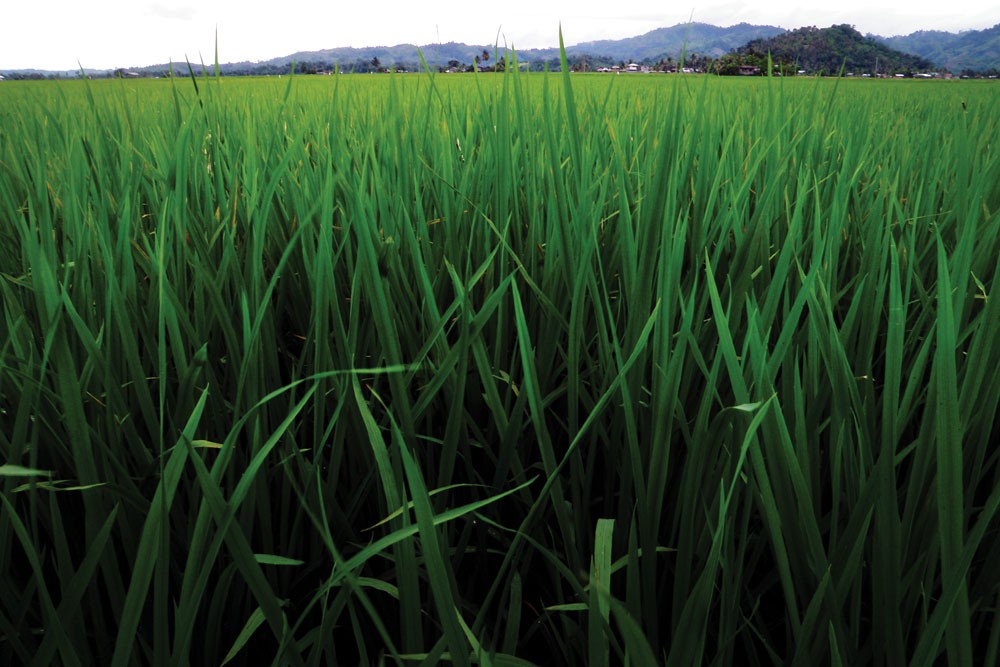
For the corporation, success means seeking out cheaper labour markets. For the poor, it means seeking out relatively better opportunities. And all the while, the contradictions in the system move it from boom to bust and to economic crises that can only be offset at ever greater costs.
And so it was while studying the after-effects of a Canadian mining company’s entry into a Filipino community and reading about the after-effects of migrant Filipinos’ entry to Canada that the interconnections echoed in my brain. It seemed clear that neither issue could be addressed independently of the other except as tactics within a larger strategy that addresses the geographic trajectories of both labour and capital.
“The role of the [Filipino] migrant activist is to educate the Canadian … [about] the reasons why there are hundreds of thousands of migrants,” says Garry Martinez, chairperson for Migrante International. “[Canadians should] realize we are both victims and exploited by the capitalist system.”
Our fates are intertwined: the peasant farmer, the Filipino living and working in Canada, and the Canadian worker. Our individual issues and grievances are symptoms of a larger problem. As Migrante International has said, now is the time, the time for a solidarity that goes beyond pity and empty moralism, a solidarity that forges class consciousness within a new internationalism that is rooted on the ground but able to see the bigger picture.


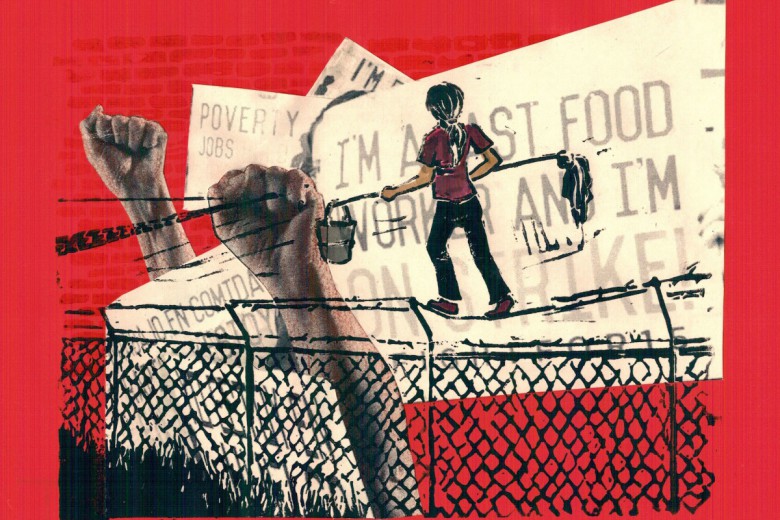
_780_520_s_c1_c_t.png)
